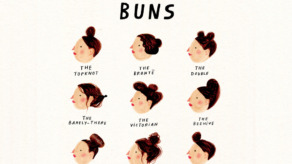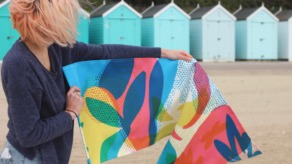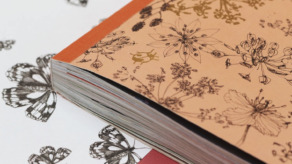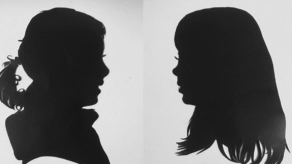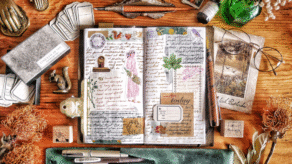The power of calligraphy
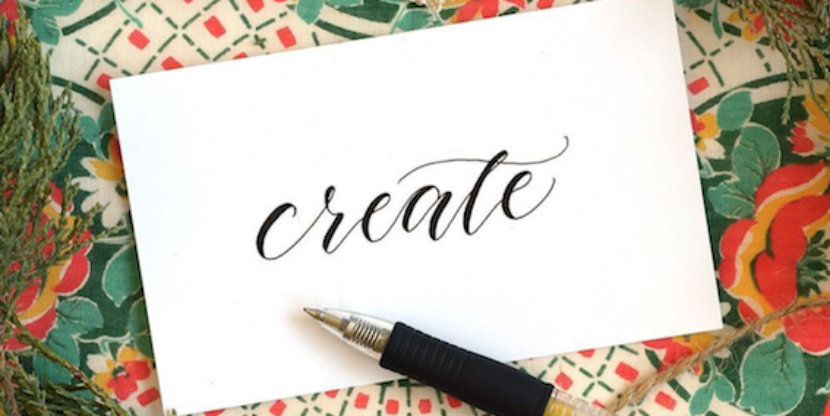
Calligraphy: it’s the kind of thing you can really lose yourself in for hours, which is why it’s so much fun. It’s a true art, and it takes many hours of practice before the results start looking presentable. But with the tips we’ve collected from the pros, beginners can get off to a flying start.
1. Choose a style
“The best tip I can give is to pick out a lettering style that you really love and study it in depth before you even start. Take a good look at how each letter is shaped and what kind of lines it has,” says Seb Lester, a big name in the world of calligraphy and design. Seb began work in the ’90s as an illustrator and letter designer, and has created new fonts and logos for clients such as The New York Times, H&M, Apple and NASA.
His decision to focus on calligraphy was brought about by unhappy circumstances, when his girlfriend was diagnosed with cancer. For eighteen months, Seb didn’t accept any assignments so he could care for her full time. The only distraction he allowed himself in this dark period was his sketchbook, in which he bagan practicing calligraphy. Now that his girlfriend is better,
Seb is applying these newly honed skills to his work.”Succes doesn’t come easy in calligraphy,” says Seb. “Perseverance and focus are key. It’s easier to stick with it if you pick a style that really fascinates you. I started by studying Copperplate, a very elegant font. It is one of the most difficult styles, but that made it easier to subsequently master other fonts.”
